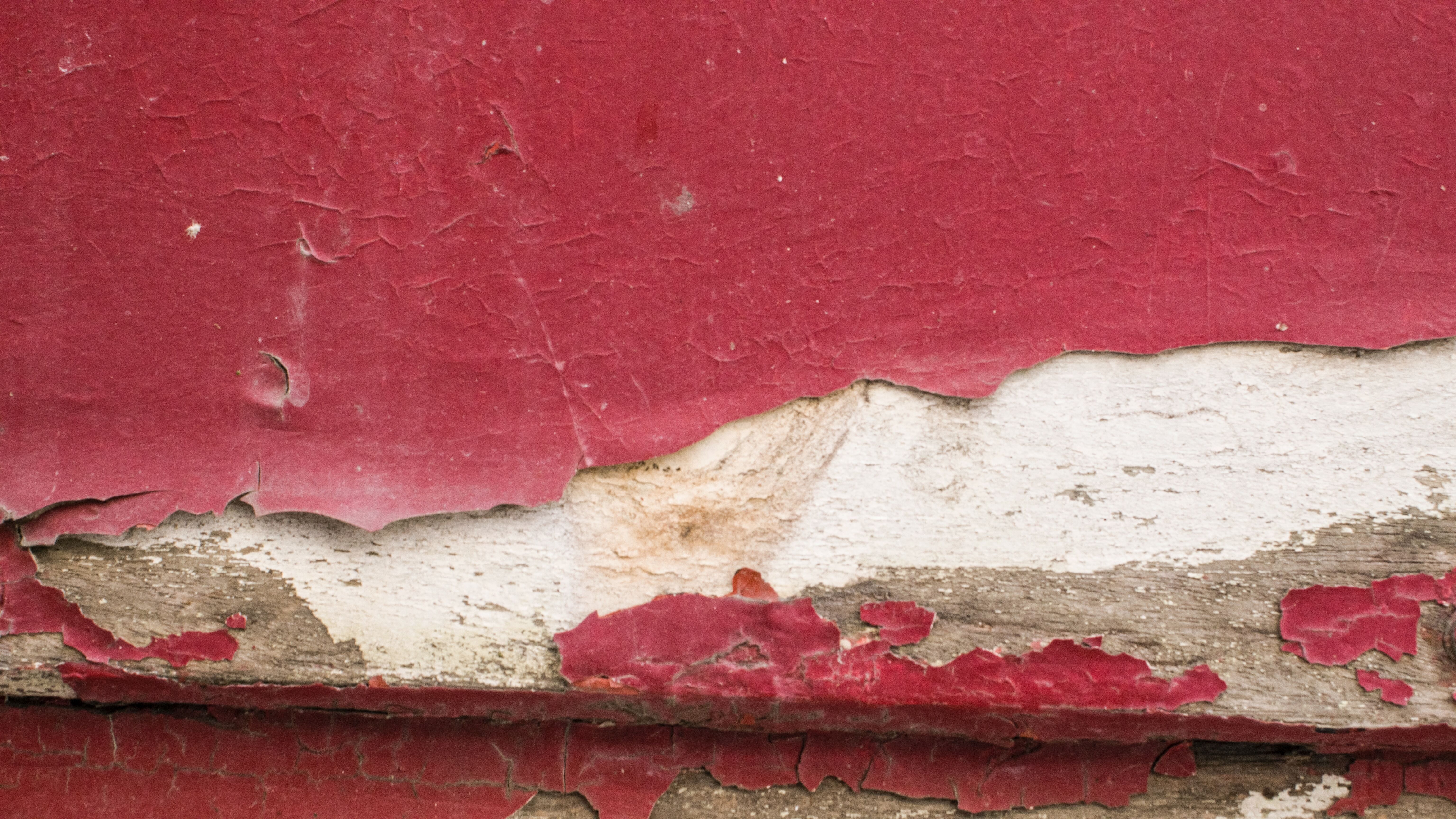Answering Your Questions About Lead Poisoning
What are common lead sources?
Lead is metal naturally occurring in the environment and can be found in the soil, water, and inside our homes. Lead-based paint and lead dust are the major source for lead poisoning, especially from homes built before 1978.
Other sources of lead can be found in drinking water, imported spices, toys and jewelry, workplace and hobby activities, and traditional medicine.
Lead and your child's health.
Lead can affect almost every part of the body. Children younger than six years old are most affected because they absorb lead into their bodies up to 5 times faster than adults. Lead is associated with behavior and learning problems, lower IQ, and other health complications.
How do I know if my child has lead in their body?
In most children, no immediate symptoms occur. A blood lead test test is the best way to determine if they have been exposed to lead. A finger-prick (capillary) test is a quick, first step to know if a child has been exposed to lead. If this is elevated, a more accurate, confirmatory venous blood lead test can be done. Both tests can be scheduled with your medical provider.
For Homeowners
For Parents and Caregivers
Groups at Risk for Lead Poisoning
Educational Resources
Videos
For Health Care Providers and Laboratories
For School and Child Care Providers
Local-to-Global Public Health Partners
Local
State
National
Global
Updated: 09/27/2024
Content source: Washington State-Department of Health, Centers for Disease Controls and Prevention (CDC)-Childhood Lead Poisoning Prevention Program, Agency for Toxic Substances and Disease Registry (ATSDR)

